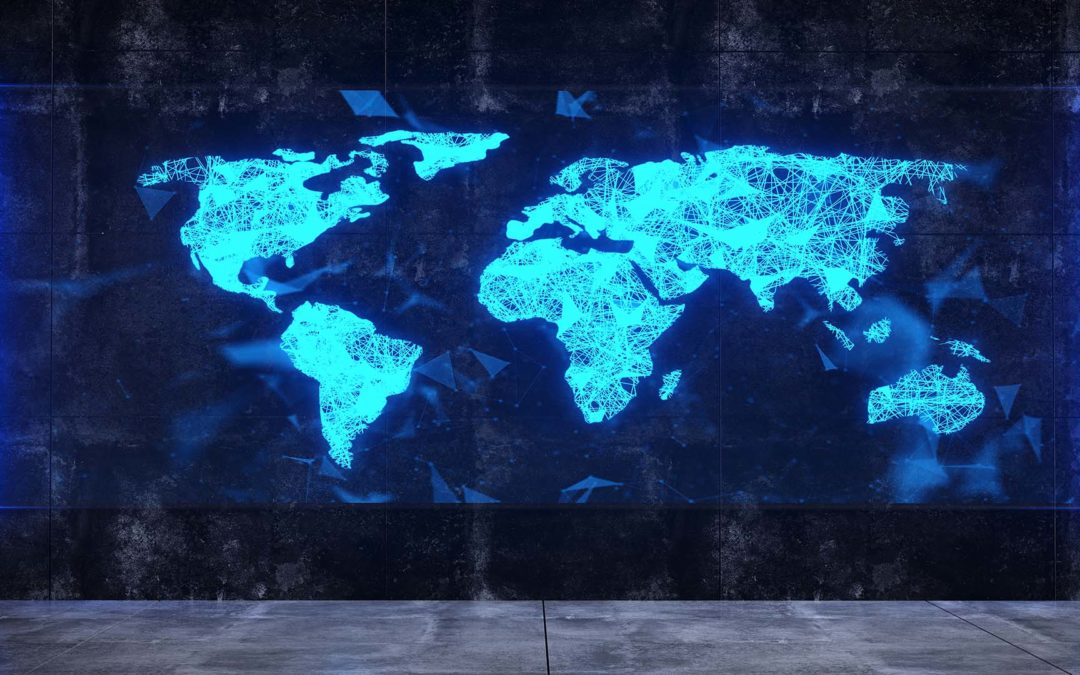Here’s why supply chain visibility is becoming more important and how technology applications are helping organizations get more of it.
Better visibility into complex supply chains means less disruptions, lower costs and happier customers. When they can accurately and reliably track the movement of raw materials, commodities and finished goods from supplier to manufacturer to customer, organizations can better plan their logistics, navigate inventory shortages, eliminate bottlenecks and ensure high levels of compliance.
Long considered the “Holy Grail” of supply chain management, visibility became an even bigger concern for many organizations during the pandemic, which introduced an inordinate number of new challenges ranging from driver shortages to port congestion to high freight costs.
From empty store shelves to extended order lead times to commodity shortages, the challenges were both impactful and long lasting. In absence of a unified, modern supply chain visibility (SCV) platform, many companies struggled to fill in the data gaps across their disparate and manual software systems.
“In an attempt to keep pace, supply chain leaders either looked to IT to help customize their existing core systems, bought expensive point software solutions, or scrambled to manage workflows in DIY tools like spreadsheets and e-mail,” said Quickbase’s Kayla Mackay in a recent podcast, as reported by Supply Chain Dive. “Despite all these efforts, supply chain experts are still constrained by unresponsive, inflexible systems and a lack of visibility into supplier data.”
Enhancing Collaboration
Good supply chain visibility also enhances collaboration with partners and gets everyone working from the same playbook; supports effective ideation, development and fine-tuning of product offerings; and helps companies tap into new market opportunities (versus just trying to “stay afloat” during this disruptive period).
“Furthermore, visibility-enabled collaboration accelerates time to market, allowing brands to capitalize on short-term revenue opportunities that would previously be out of scope for slow-moving organizations,” SupplyChainBrain adds.
“More visibility across the supply chain means more opportunities for groups to connect, share ideas and work together to solve today’s supply chain challenges,” the publication continues, “Visibility alleviates the pressure to forecast accurately in a world where demand can rise and fall with little warning.”
A Focus on Resilience & Visibility
McKinsey & Co. says 93% of procurement and supply leaders are examining their supply chains and searching for ways to increase the resilience of these critical networks. To get there, these leaders are building in redundancy across suppliers, nearshoring, reducing the number of unique parts and regionalizing their supply chains.
Companies are also focusing on the bottlenecks that are causing manufacturing slowdowns and shutdowns; lower product quality driven by issues like the labor shortage (e.g., companies trying to work with skeleton crews); and outside forces like import tariffs, container shortages and port congestion. For the company that relies on siloed systems that don’t share data with one another, these and other concerns can quickly turn into significant problems.
“Supply chain managers must make sure the right goods and materials are in the right place at the right time, budgeted for appropriately, and replenished as needed,” Supply Chain Dive reports. “To do this, they need access to a real-time picture to manage every aspect of the chain.”
In response, supply chain software developers are coming out with solutions that allow companies to run more scenarios, monitor the many layers within their supplier networks, accelerate response times and even change the economics of production. “Some manufacturing companies will no doubt use these tools and devise other strategies to come out on the other side of the pandemic as more agile and innovative organizations,” McKinsey predicts.
.jpg)
IntelliTrans’ Global Control Tower provides high levels of supply chain transparency; aggregates, completes, and enhances data from a variety of sources; offers visibility into and execution of different aspects of the supply chain; and generates data-driven alerts and analytics that ask deeper questions and deliver meaningful insights.
By leveraging tracking information, the Global Control Tower provides analytics that measures key performance indicators (KPIs) like fleet cycle time, origin/destination dwell time, lane and hauler performance, back orders, freight spend, load optimization, and more. With their rate, equipment, lease, tracking, and invoice data in a central repository that’s accessible 24/7, companies can position themselves for success in any market conditions.

